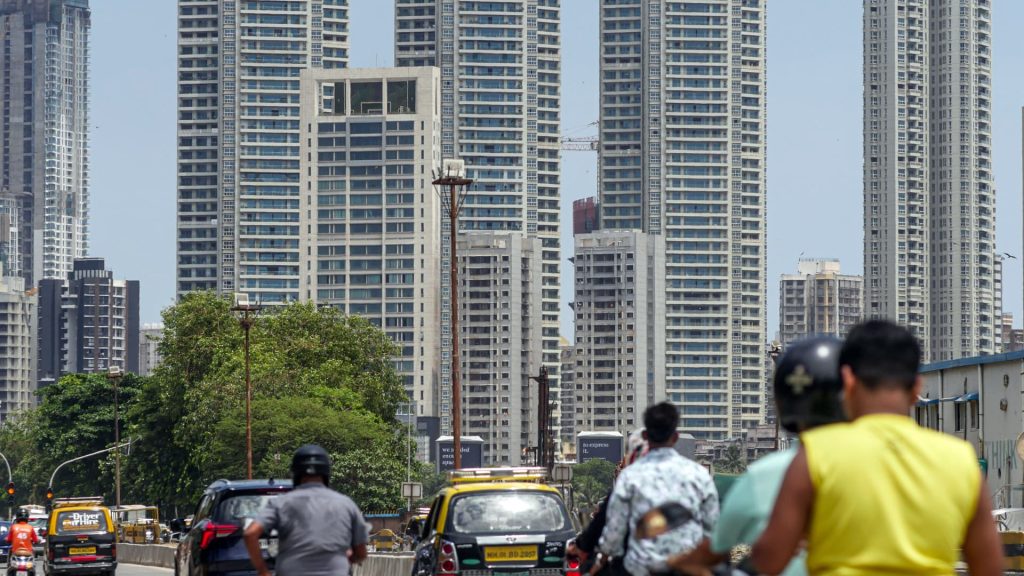Hadynyah | E+ | Getty Images
In a quarter partially affected by the 50% U.S. tariffs, the Indian economy grew faster than expected at an annual rate of 8.2% in the quarter ending in September.
The growth was an acceleration from 7.8% in the previous quarter, when a lower deflator unexpectedly boosted real growth. A deflator measures how inflation affects the value of total output.
A Reuters poll of economists had pegged the July-September gross domestic product at 7.3%.
India’s nominal GDP — which does not account for inflation or deflation — grew 8.7% in the September quarter compared to 8.8% in the previous quarter.
The sharp improvement in GDP growth rate was on account of a pick up in manufacturing and construction activity and domestic consumption. Financial and real estate professional services have “sustained a substantial growth rate” of 10.2% in Jul-Sep, the government said in a release.

During the September quarter, domestic consumption was “held back” ahead of the planned cuts to the goods and services tax, Neelkanth Mishra, chief economist at Axis Bank, told CNBC’s “Inside India” before the release of the GDP data.
The 50% tariffs on Indian goods exported to the U.S. took effect in August. To cushion the impact, New Delhi announced sweeping GST tax reductions effective Sept. 22 to boost domestic consumption.
Demand picked up sharply in October, with record sales of autos and gold as the GST cuts and earlier reduction of the individual income tax rate lifted disposable incomes. Even so, India’s goods trade deficit hit a new high on weak exports and higher gold imports.
The International Monetary Fund, in a report on Wednesday, said India’s real GDP is projected to grow 6.6% in fiscal 2026 before moderating to 6.2% in fiscal 2027, assuming a prolonged delay in a U.S.-India trade deal.
It also forecasted India’s merchandise exports to fall 5.8% in fiscal year 2026 to $416 billion, while goods imports are expected to rise 2.4% to $746 billion.
“Despite external headwinds, growth is expected to remain robust, supported by favorable domestic conditions,” the IMF said in the release, with its data also suggesting that India will become a $5 trillion economy by fiscal year 2029.
— CNBC’s Amitoj Singh contributed to this report.


